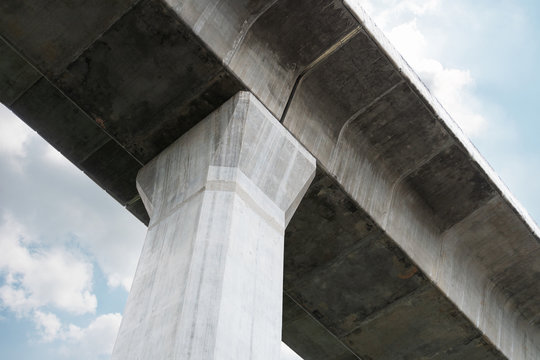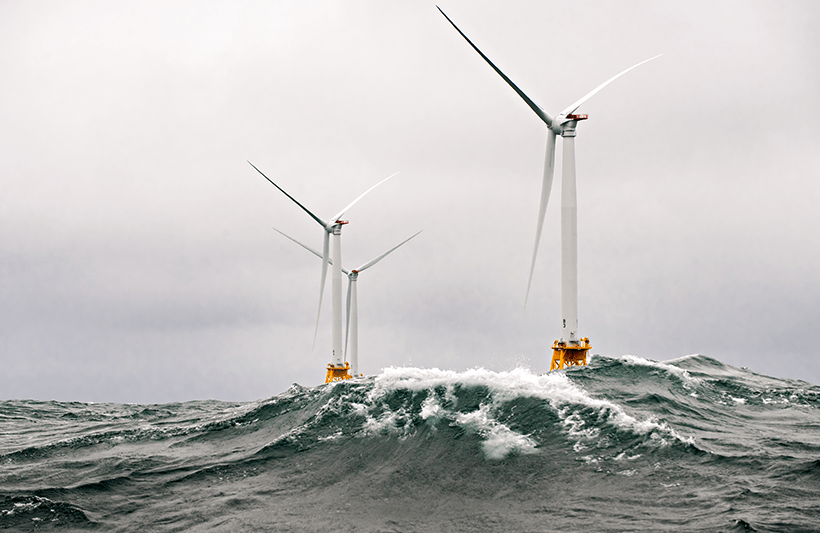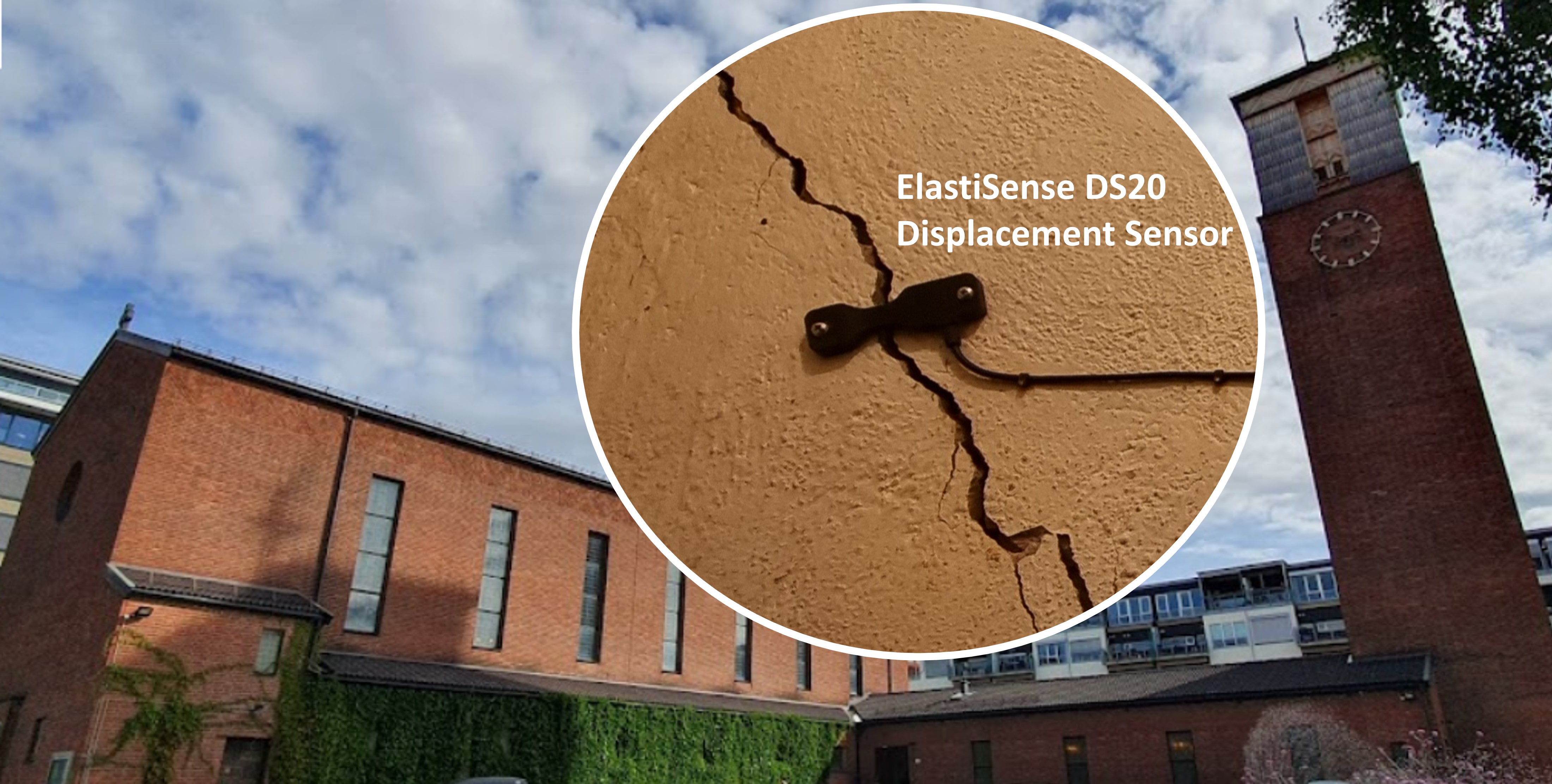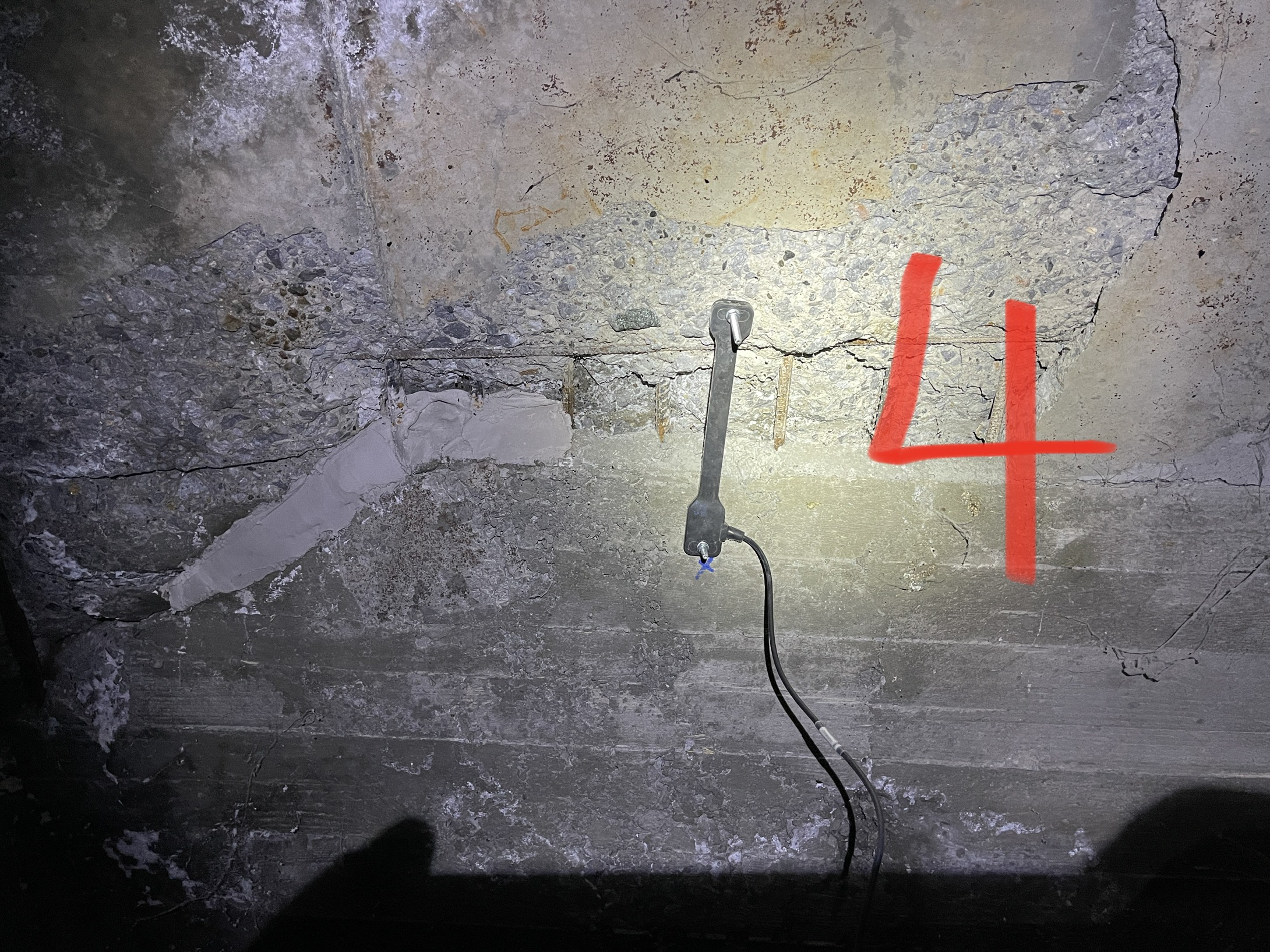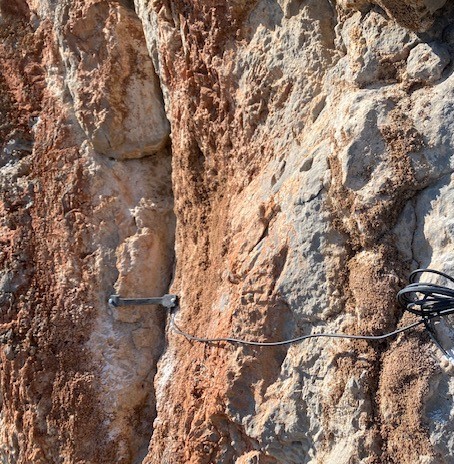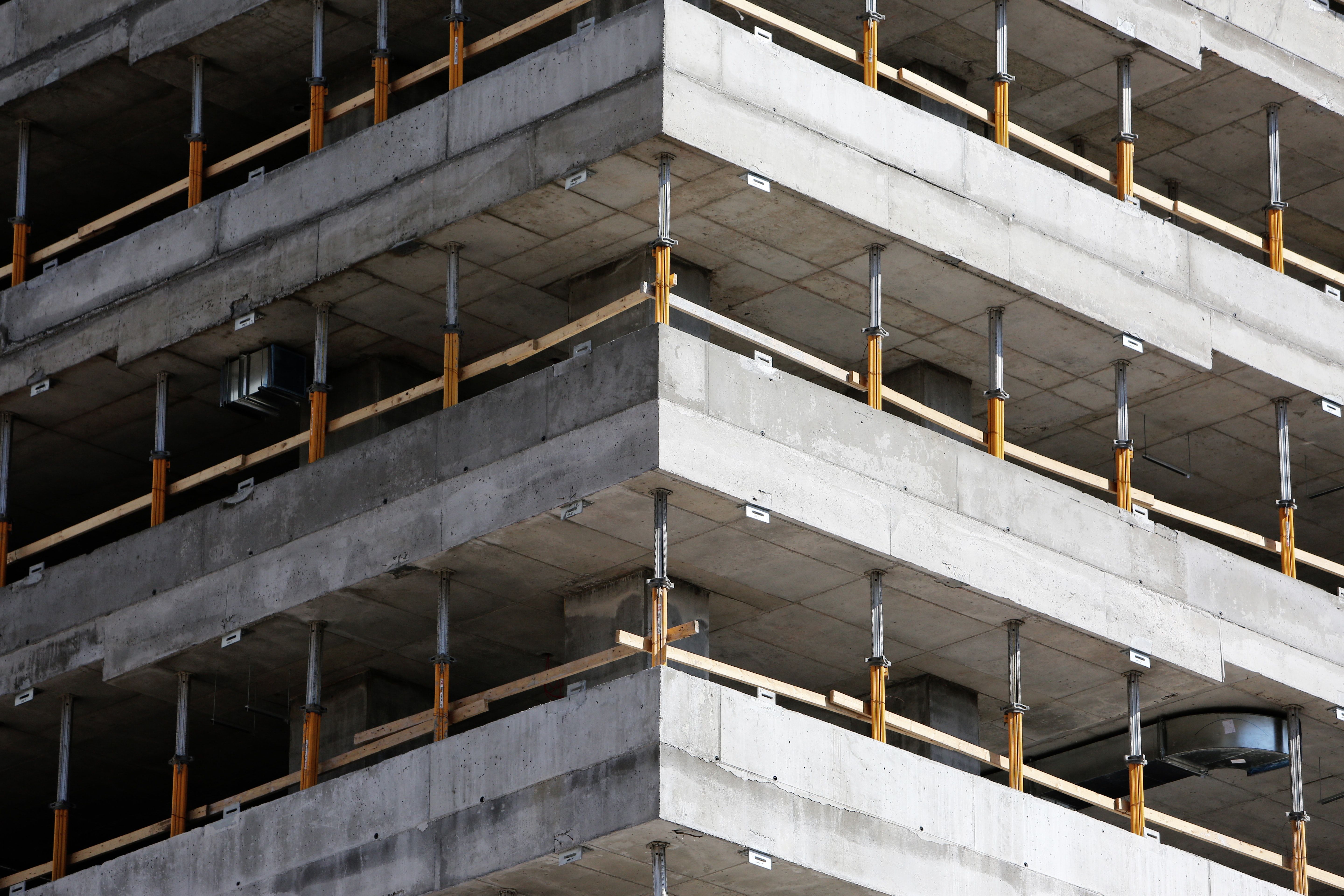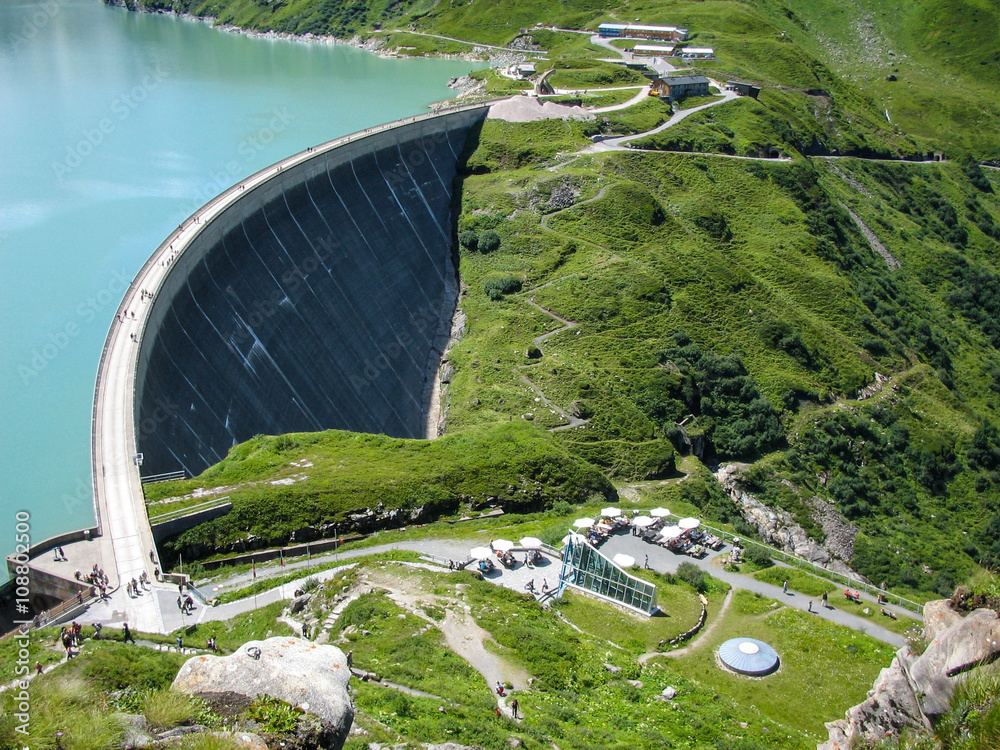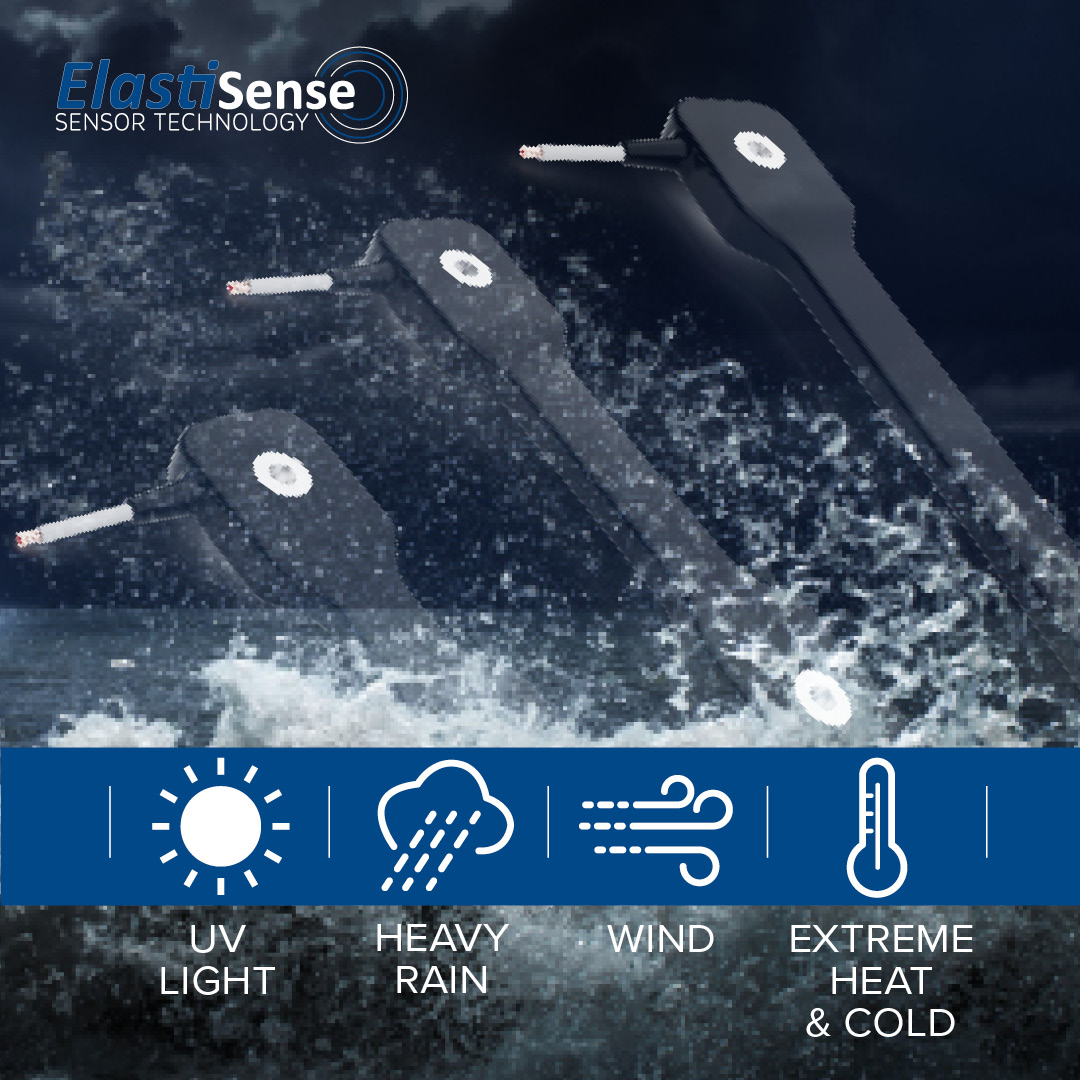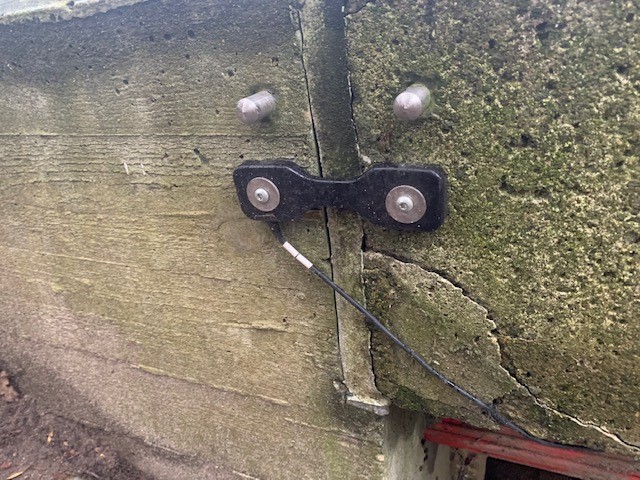The importance of crack monitoring
Introduction:
Cracks in structures, whether buildings, bridges, or infrastructure, pose significant risks to safety, integrity, and longevity. Timely detection and monitoring of cracks are paramount to prevent catastrophic failures, ensure structural stability, and minimize maintenance costs.
Importance of Crack Monitoring:
- Safety Assurance: Cracks can compromise the structural integrity of buildings and infrastructure, leading to potential hazards for occupants and the public.
- Early Detection: Monitoring cracks enables early identification of structural vulnerabilities, allowing for prompt intervention and preventive measures before significant damage occurs.
- Cost Savings: Proactive monitoring helps mitigate the need for extensive repairs or reconstruction, thereby reducing overall maintenance costs.
- Compliance: Adhering to industry standards and regulations necessitates regular inspection and monitoring of structures for crack detection.
Utilization of Displacement Sensors:
- High Precision: Displacement sensors offer precise measurement capabilities, detecting even minute changes in crack width or displacement.
- Real-time Monitoring: These sensors provide continuous, real-time data on crack behavior, facilitating timely decision-making and intervention.
- Remote Monitoring: Displacement sensors can be integrated into remote monitoring systems, allowing for off-site data collection and analysis, enhancing efficiency and convenience.
- Non-destructive Testing: Unlike traditional methods such as visual inspection, displacement sensors offer non-destructive testing, minimizing disruption to operations and structures.
- Compatibility: Displacement sensors are versatile and compatible with various materials and structural configurations, making them suitable for diverse applications.
Business benefits:
- Risk Mitigation: Implementing crack monitoring with displacement sensors mitigates the risk of structural failures, safeguarding lives and assets.
- Enhanced Asset Management: Continuous monitoring enables informed asset management decisions, optimizing maintenance schedules and resource allocation.
- Improved Reputation: Demonstrating a commitment to safety and proactive maintenance enhances the reputation and credibility of organizations.
- Competitive Advantage: Organizations that prioritize structural integrity and employ advanced monitoring technologies gain a competitive edge in the market.
- Regulatory Compliance: Compliance with industry standards and regulations is ensured through regular monitoring, averting potential penalties and liabilities.
How to implement:
- Assessment: Conduct a comprehensive assessment of structures to determine the need for crack monitoring and identify critical locations for sensor placement.
- Procurement: Procure displacement sensors from reputable suppliers, ensuring compatibility, reliability, and accuracy.
- Installation: Deploy sensors strategically in identified locations, adhering to best practices and manufacturer guidelines.
- Data Analysis: Establish protocols for data collection, analysis, and interpretation, leveraging advanced analytics tools for actionable insights.
- Training: Provide training to personnel responsible for monitoring and maintenance, ensuring proficiency in sensor operation and data interpretation.
Conclusion:
In conclusion, crack monitoring is indispensable for ensuring the safety, integrity, and longevity of structures. Displacement sensors offer a reliable and efficient solution. By embracing this technology, organizations can proactively manage risks, optimize maintenance practices, and uphold regulatory compliance, ultimately enhancing their operational resilience and reputation.
Financial Considerations:
While upfront costs for implementing crack monitoring systems with displacement sensors may be incurred, the long-term savings from preventing structural failures and optimizing maintenance outweigh these initial investments. Additionally, potential liabilities and reputational damage associated with neglecting structural monitoring far exceed the costs of proactive measures.
Next Steps:
To proceed with the implementation of crack monitoring utilizing displacement sensors, we recommend conducting a pilot project to assess feasibility, refine processes, and demonstrate the benefits. Subsequently, scaling up the deployment across relevant assets can be pursued in alignment with organizational priorities and resource allocation.
Crack Monitoring in underwater structures
Monitoring cracks in dams, piers, and other underwater structures presents a unique set of challenges due to the harsh underwater environment and limited accessibility. However, it's crucial to overcome these difficulties, as these structures play a critical role in water management, transportation, and infrastructure. Here's an exploration of the difficulties and the importance of monitoring cracks in such structures:
Harsh Underwater Environment:
- Corrosion: Submerged structures are exposed to corrosive elements in water, accelerating deterioration and making crack monitoring challenging.
- Limited Visibility: Murky water and sedimentation hinder visual inspections, making it difficult to detect cracks and assess their severity accurately.
Accessibility Constraints:
- Restricted Access: Underwater locations limit direct access for inspection and maintenance, necessitating specialized equipment and techniques.
- Safety Concerns: Diving in confined spaces poses risks to personnel, requiring stringent safety protocols and trained professionals.
Structural Integrity Concerns:
- Safety Risks: Cracks in dams, piers, and underwater structures jeopardize structural integrity, potentially leading to catastrophic failures and endangering lives and property.
- Environmental Impact: Structural failures can cause environmental damage, such as flooding, contamination, and habitat destruction, with far-reaching consequences.
Importance of Crack Monitoring:
- Early Detection: Timely identification of cracks allows for prompt intervention and preventive measures to mitigate risks and prevent structural failures.
- Risk Management: Monitoring cracks enables engineers to assess structural health, anticipate potential issues, and implement appropriate maintenance and repair strategies.
- Regulatory Compliance: Adherence to safety and environmental regulations mandates regular inspection and monitoring of underwater structures to ensure public safety and environmental protection.
- Long-term Sustainability: Proactive crack monitoring and maintenance prolong the lifespan of dams, piers, and underwater structures, ensuring their continued functionality and resilience.
Advanced Monitoring Technologies:
- Remote Sensing: Utilization of remote sensing technologies, such as sonar and underwater cameras, enhances crack detection and data collection in underwater environments.
- Displacement Sensors: Deployment of displacement sensors enables real-time monitoring of crack propagation and structural movements, providing valuable insights for maintenance planning and decision-making.
- Robotics: Robotic systems equipped with sensors and cameras offer a safer and more efficient means of inspecting and monitoring underwater structures, minimizing human risks and improving data accuracy.
Collaborative Efforts:
- Interdisciplinary Collaboration: Collaboration between engineering, marine science, and technology disciplines fosters innovative solutions for crack monitoring and maintenance in underwater structures.
- Public-Private Partnerships: Public-private partnerships facilitate resource-sharing and investment in advanced technologies and infrastructure for underwater structure monitoring and management.
In conclusion, while monitoring cracks in dams, piers, and other underwater structures presents significant challenges, it's essential for ensuring safety, environmental protection, and long-term sustainability. By leveraging advanced technologies and fostering collaborative efforts, we can overcome these difficulties and effectively manage the integrity of underwater infrastructure for the benefit of society and the environment.
Contact us if you want to learn more, or learn more right here about DS Sensors for crack Monitoring

